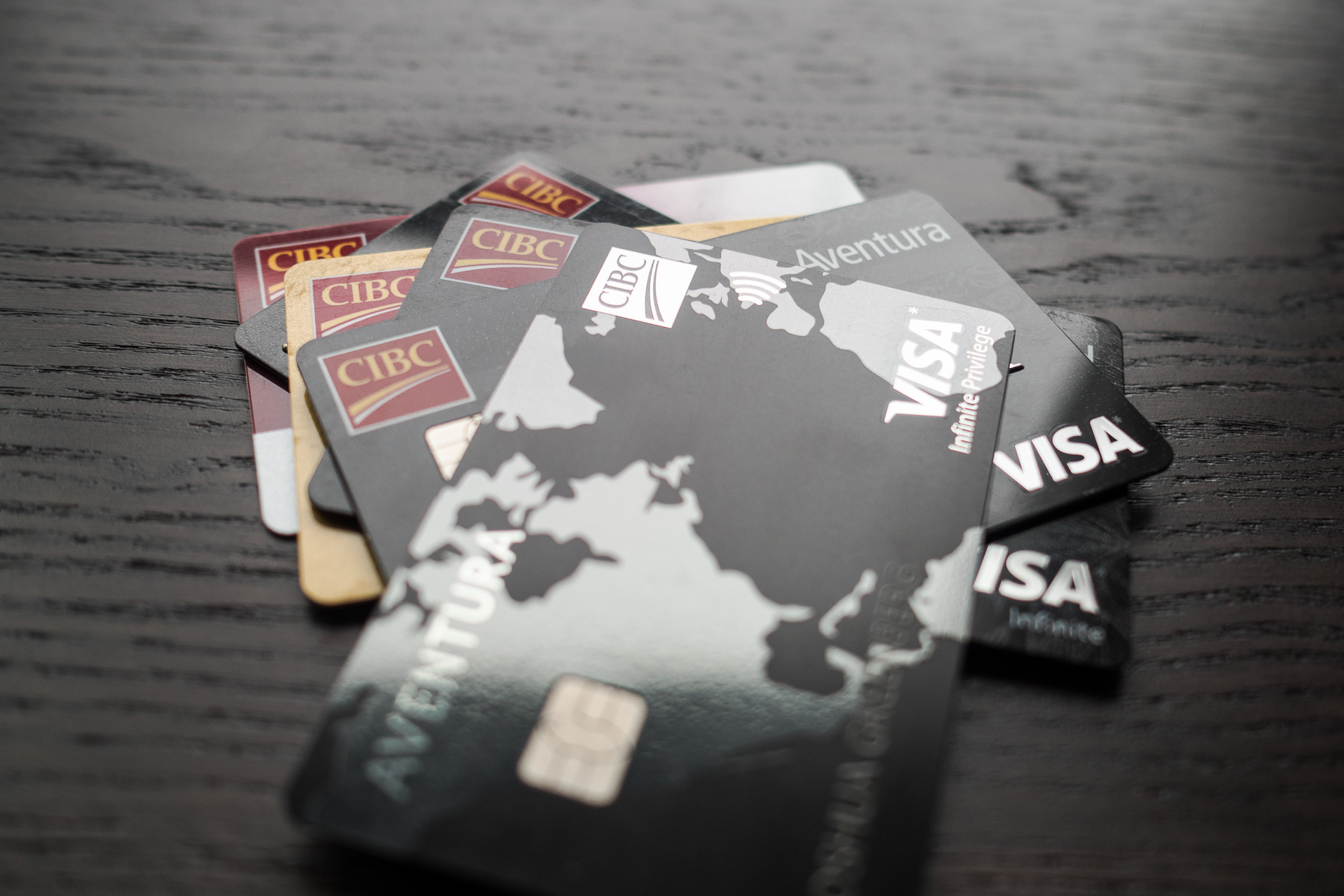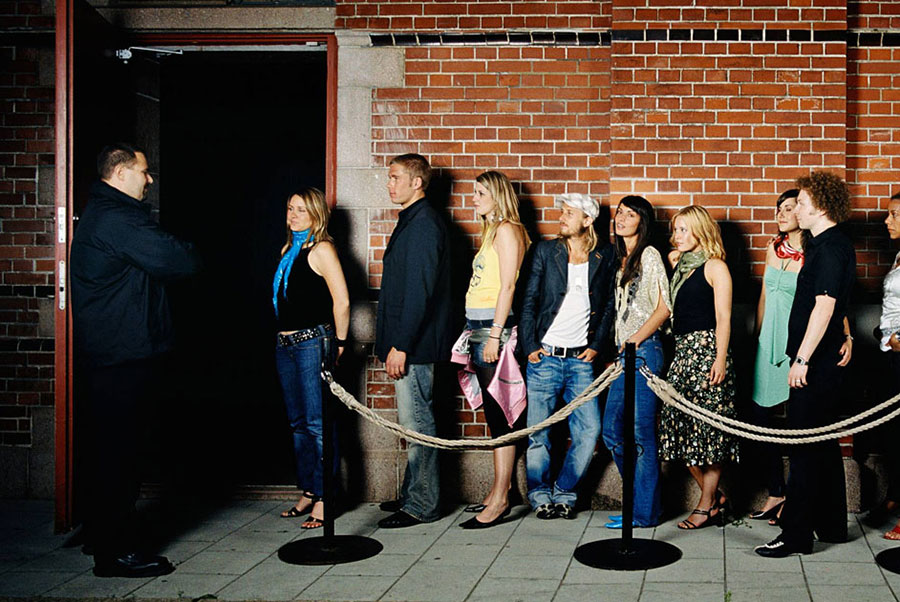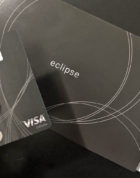Because of how similar the credit cards of Canada’s Big 5 banks often appear to be, it’s easy to get confused in the morass of myths and legends flying.
I often see strange claims being made about the various Big 5 banks and what you can or cannot do when applying for their credit cards, or how you can use their products.
Which means that today, it’s time for another episode of Mythbusters as we confirm or debunk a few widely-held beliefs about the Big 5 banks’ credit cards.

Myth #1: Applications Only Pull One Credit Bureau
For people who are new to the Miles & Points game, it often comes as a shock or surprise to learn that there are in fact two credit bureaus in Canada. Banks usually pull from only one bureau in order to approve prospective candidates.
This plays into your maximization strategy for managing your credit inquiries. For example, because Scotiabank primarily uses TransUnion, it wouldn’t affect your ability to get approved with banks like CIBC who focus on pulling credit information from Equifax – right?
This is our first myth: the idea that a Big Five bank will only pull their credit bureau of preference.
I can state that yes, most of the time a bank will only pull from their favourite bureau. However, your mileage may vary. Did you move recently? The bank may pull Equifax in addition to their usual use of TransUnion in order to verify.
Similarly, there will be times when you’re initially declined for a credit card and need to call in or go to a branch for a reconsideration. In such situations, it’s not uncommon for the other credit bureau to be pulled.
Verdict: Busted.
Myth #2: You Can’t Hold Duplicate Cards Simultaneously
This is a big one for all of us in the Miles & Points community: the fear of having “BS” called on us if we want to have two of a very strong card such as the RBC Avion Visa Infinite.

While it is true that our favourite lender, American Express, strictly enforces a one-card-per-product rule on personal cards, this is not necessarily the case with the Big 5. Both I and many of my friends have held multiple identical products at the same time.
In fact, this is even openly encouraged sometimes. I remember going into a BMO once for some daily banking, and being asked by the clerk if I wanted another BMO Air Miles World Elite Mastercard!
She mentioned that it was pre-approved on my account and could be used as a smart way to track spending – for example, essential spending on the card I was already holding and leisure spending on the pre-approval.
It’s definitely possible to hold multiple of the same products with the Big 5 at the same time – just be ready to have a reason if you’re ever asked why.
Verdict: Busted.
Myth #3: There Are Minimum Wait Times Between Applications
One of the horror stories you’ll probably be told by your friends and loved ones after getting into Miles & Points is that it will ruin your credit, or cause you to be unable to gain access to any more.
I don’t think these fears are unfounded, but I think they can be caused by the misconstruing of data. Your loved one only sees that you’ve been declined for one of your many applications, and they assume it’s because you enjoy sampling different credit products. As we will see, it’s a bit more complicated.
Because banks don’t always share why they are declining you, this has led to speculation that the Big 5 banks tacitly have policies that will reject your application if it is too close in time to another at the same bank. We have at least one confirmed case of this with MBNA’s “5/6 rule”.
So: do the Big 5 banks require waiting times for their credit cards, fancy nightclub style?

Until recently, I knew of RBC having a 90-day waiting period between applications – that is to say, if you apply on September 1, you would need to wait until December 1 or face the wrath of auto-rejection. However, recent data points have indicated this is no longer the case.
My personal experience with other banks has been that they often label applications for different products at the same bank made within a short period as “duplicates”, and so will reject you. Nevertheless, I have usually been able to get this verdict overturned and the card approved by calling in.
Therefore, it is certainly possible that the Big Five have waiting periods; however, the exact length of those waiting periods is something that they have no intention of telling consumers.
You’re probably safe to tell your mum that you were rejected because you applied for two cards three days apart, not because you’ve ruined your financial future.
My personal approach will continue to be one of seeking out those offers which I find most enticing and pleading my case via phone or branch visit should I be declined.
Verdict: Plausible.
Myth #4: You Can’t Move the Statement Date
One of the most annoying obstacles when receiving a new credit card can be keeping track of them. I have several friends who maintain enormous Excel spreadsheets to track when their statements close so they can pay off their accounts on time and in full.
When I asked them why they didn’t just change the statement dates to be easier to track, I received blank stares of incredulity. That was impossible, they said.
For the sake of my own bemusement, I requested that they attempt to send a secure message to the lender (in this case, TD) to ask if the statement date could be switched from the 4th of the month to the 24th for the purposes of bookkeeping.
We were pleasantly surprised when the request was approved! I now oftentimes will call in to get my statement dates changed – and when wait times are super long, will instead use the Secure Message or the live chat feature on the bank’s app.
I’d like to leave this with a big nota bene that I always did this on new accounts prior to the first statement cutting. If you do things differently, then your mileage may vary.
Verdict: Plausible.
Myth #5: You Can’t Avoid the Annual Fee
A roadblock to many of us getting into this hobby is seeing the annual fees. $139 a year for the honour of spending my hard earned money using somebody else’s product? Gimme a break! It sounds preposterous on the surface, especially if you think you’ll have to be paying that amount in perpetuity.

While most of the Big 5 are very generous when it comes to offering a First Year Free rebate on their most competitive products, it can hurt during renewal season to fork over a hefty sum for a card you may have used quite heavily, earning the bank lots of interchange fees.
Fortunately, I’ve written some pieces about how to get out of paying these fees. It is 100% possible to get out of paying, or at least getting a partial credit of some kind on those products you wish to retain a while longer.
If you aren’t successful in arguing your case with a bank, then don’t feel at all abashed to take your business to a company that wants your business.
Verdict: Busted.
Myth #6: Minimum Income Requirements are Impassible Barriers
Another myth I’ve addressed is the idea that minimum income requirements are a hard stop on being able to get a Big 5 product you might be interested in.
The urban legend goes that if you aren’t an oligarch making above $200,000, you’ll never hold a Visa Infinite Privilege card.
The banks actually want you to have their credit cards, because they’re making interchange fees on every transaction you complete. On top of that, they like being able to report to their shareholders that they are achieving market penetration by increasing their number of cardholders.
One common backdoor method to the personal income requirement is to include your household income on your application so you meet the minimum household income threshold – often a big leg up for students who live at home.

Applying in branch can also be your friend. A great relationship with your Big 5 banker can often lead to having the income requirements waived entirely, especially if you also hold other banking products.
Verdict: Busted.
Myth #7: It’s Harder to Get a Credit Card as a Student
I’ve heard the same story many times: a friend who is still in school gets declined for a credit card. Though their denial letter doesn’t explicitly state a reason for this, a sympathetic agent or clerk informs them it’s because of their student status and lack of income.
The legend goes that this means it’s harder for someone putting “student” on their application to get a credit card with the Big Five.
My Prince of Travel colleague and international student of mystery extraordinaire, Alex, can confirm this is the case. The risk aversion of Canada’s main financial institutions means that they will be much more cautious in extending credit to students, especially those who are learning here temporarily.
At best, you may be able to get a secured or student-specific credit card that doesn’t have the amazing welcome bonuses or earn rates one needs to maximize their travel.
For students who work part-time and earn an income, it may therefore be a better idea to present your gainfully employed side when looking for a credit product.
Verdict: Confirmed.
Myth #8: Big 5 Banks Don’t Like Credit Repairers
It’s an unfortunate reality of our credit scoring system, but those who are working on fixing their past credit mistakes are often told that they will be unable to access the best credit products.

Sadly, this advice is true, and doubly so for the Big 5. I hate to be the bearer of bad news, but if you’re doing home renovations on your credit score, then your best options with our main Canadian banks will often be through their less-than-awe-inspiring secured credit card portfolios.
If you find yourself in this situation but are still interested in great credit card rewards, try giving some of the truly generous “second chance” banks a whirl, such as the world-class Canadian Tire World Elite Mastercard.
You’ll be able to rebuild your credit while accessing awesome perks usually not available to credit-fixers, until the time comes that the Big 5 banks deem you worthy enough once again.
Verdict: Confirmed.
Conclusion
I want to wrap up today’s Mythbusters on a high note. While the Big 5 banks may not be as generous as American Express at this time, they do offer a wider range of options and are more lenient to what sorts of cardholder behaviour they condone.
The Big 5 banks’ products may not be for every Miles & Points enthusiast at every moment in time, but with so many available credit cards on the market, why not sample as freely as you wish? I hope that I’ve busted at least one myth that will help you on your journey.
I can’t wait to conduct more mad science in the future, so until then, let me know in the comments below to inform me if there’s anything I should be made aware of!
As always, good flying.




















You talked about getting a credit card as a student with the big five banks, but what about with amex? If i were still a student with no income but with 2 years of credit card history , would it still be hard to get approved for an amex no fee card(I’m looking at the new green card)?
On Myth 4, Moving the Statement Date, I asked to have my Amex Bonvoy statement date moved very soon after I got the card, and was advised flat-out this was not possible. I was rather shocked, given other issuers had always granted similar requests. So it seems mileage varies according to the issuer.
Darn it, you guys give away too many little secrets one at a time !
“send a secure message to the lender to ask if the statement date could be switched from the 4th of the month to the 24th for the purposes of bookkeeping” this part is super smart! Thanks for sharing!